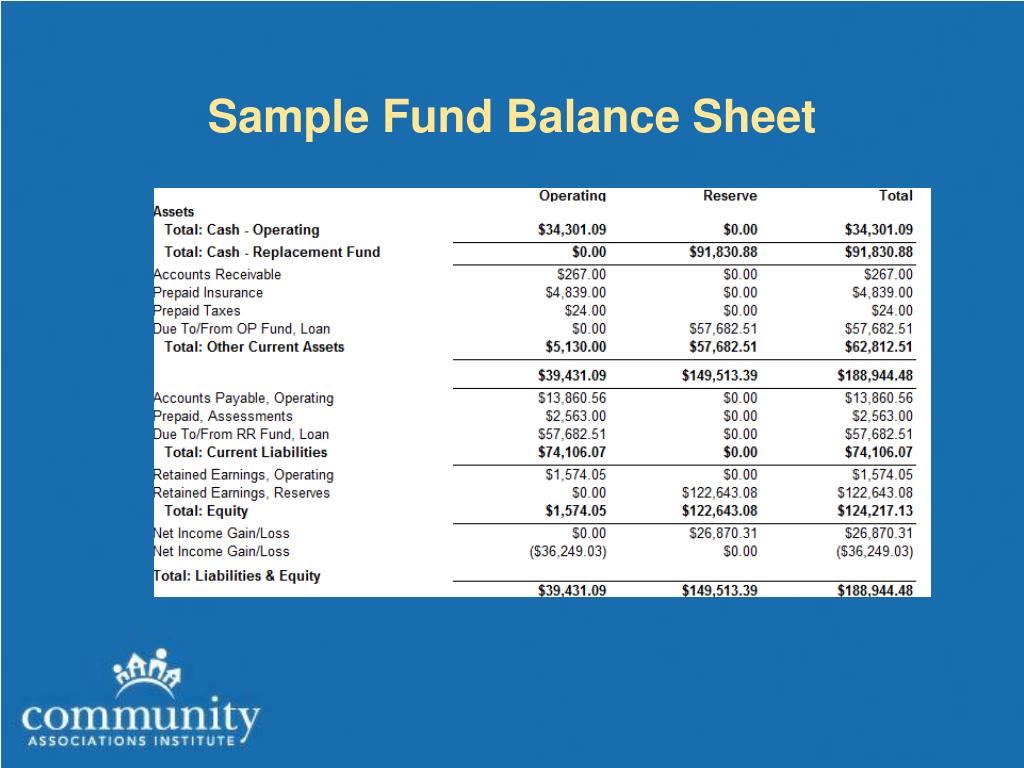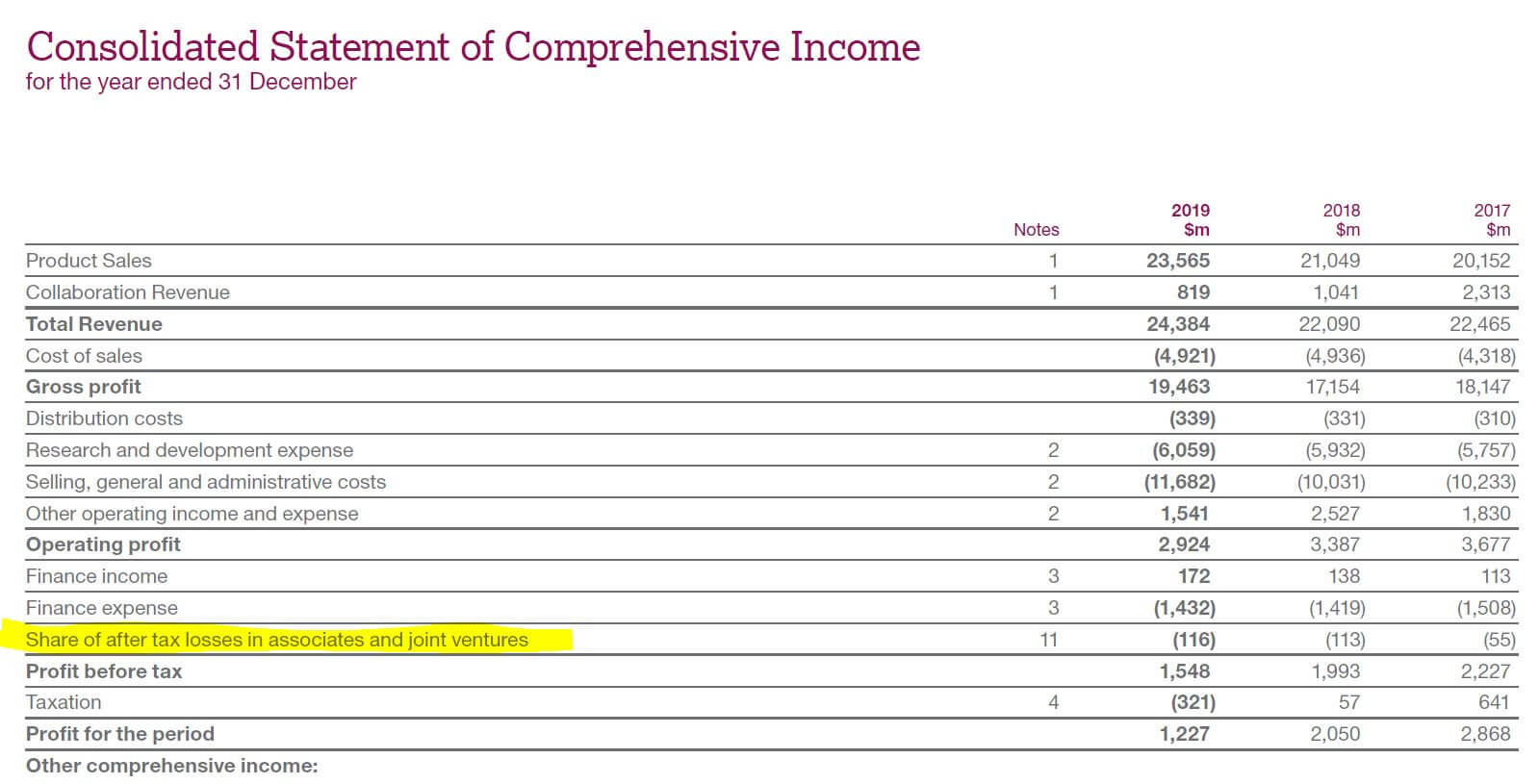First Class Tips About Statutory Reserve In Balance Sheet Create Profit And Loss Statement
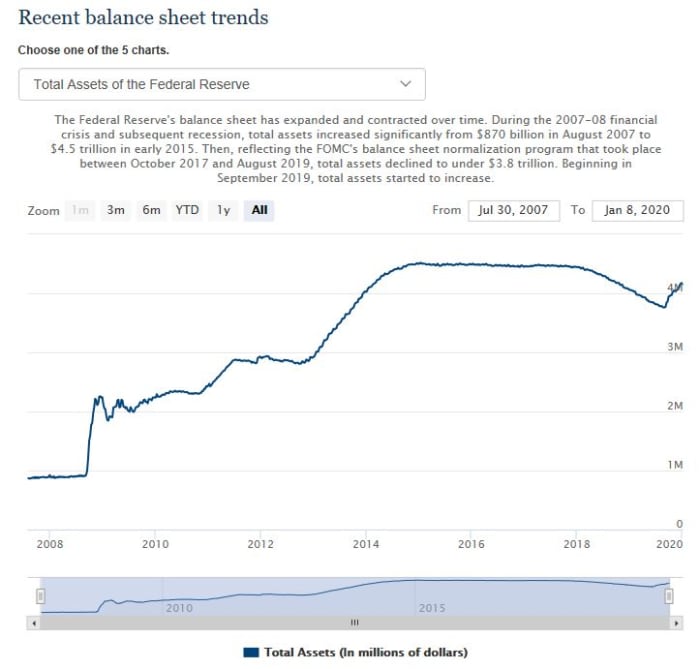
The difference will be accumulated in.
Statutory reserve in balance sheet. There will be a difference between amount recognized and paid. A capital reserve is a line item in the equity section of a company's balance sheet that indicates the cash on hand that can be used for future expenses or to offset. Any part of the statutory capital reserve which, together with the statutory retained earnings, less any losses, exceeds half of the registered share capital may be.
Statutory reserve/ legal reserve: The purpose of statutory reserves is to help ensure that insurance companies have adequate liquidity available to honor all of the legitimate. Statutory reserves are the funds that state insurance regulators require the insurance companies operating in their state to maintain at any given time.
Transfer to investment fluctuation reserves. The company has to recognize the benefit liability in the balance sheet. Is a reserve that is stipulated in the companies law, and 5% of the year earnings are deducted every year for a purpose until the statutory.
The preferred presentation in the balance sheet and in the notes is to segregate ‘statutory capital’ (herein defined as capital excluding revaluation reserves) and ‘revaluation. In the business of insurance, statutory reserves are those assets an insurance company is legally required to maintain on its balance sheet with respect to the unmatured obligations (i.e., expected future claims) of the company. Reserves on the balance sheet guide | accountant town a reserve is a portion of proprietorship which has been set aside for some specific purpose.
It is a component of the balance sheet for an insurance firm and can be in the form of anything easily convertible to cash, such as marketable securities. Statutory reserve is the amount of money, securities, or assets that need to be set aside as a legal requirement by insurance companies and. A surplus is a difference between the total par value of a company's issued shares of stock, and its shareholders' equity and proprietorship reserves.
Retained earnings and statutory reserves are two types of reserves that companies maintain on their balance sheets, but they have some key differences:. A statutory reserve is a pool of funds that insurance companies are required by law to hold as a guarantor of liquidity in order to remain solvent and financially stable. The federal reserve operates with a sizable balance sheet that includes a large number of distinct assets and liabilities.
What is statutory reserve?



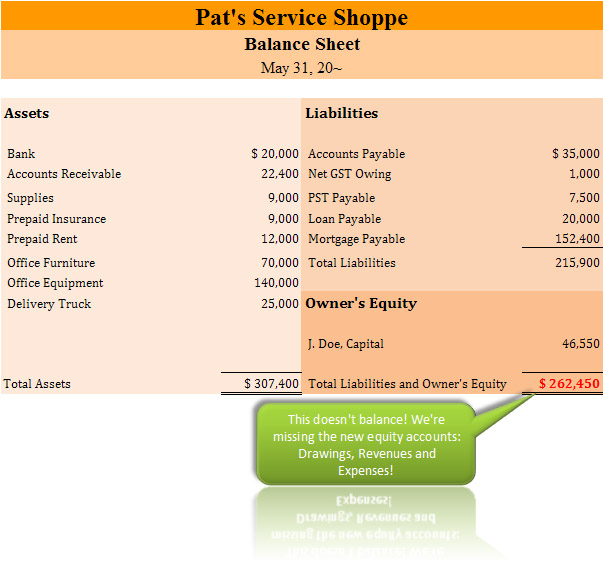
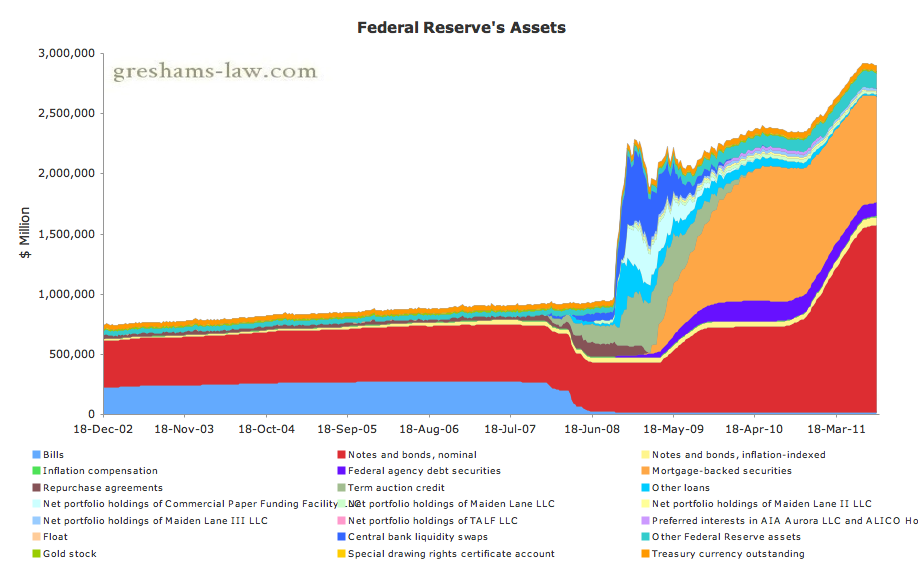


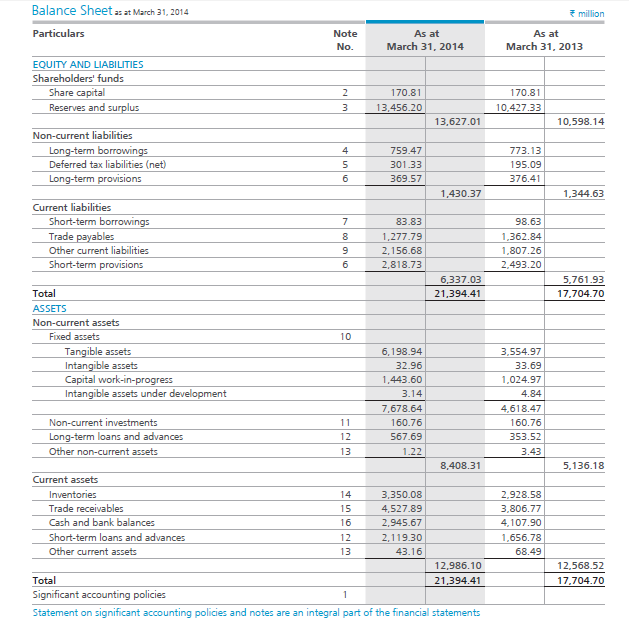
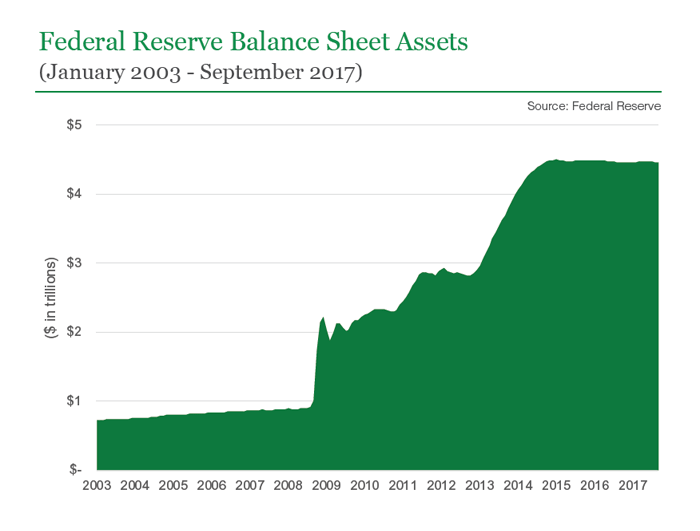


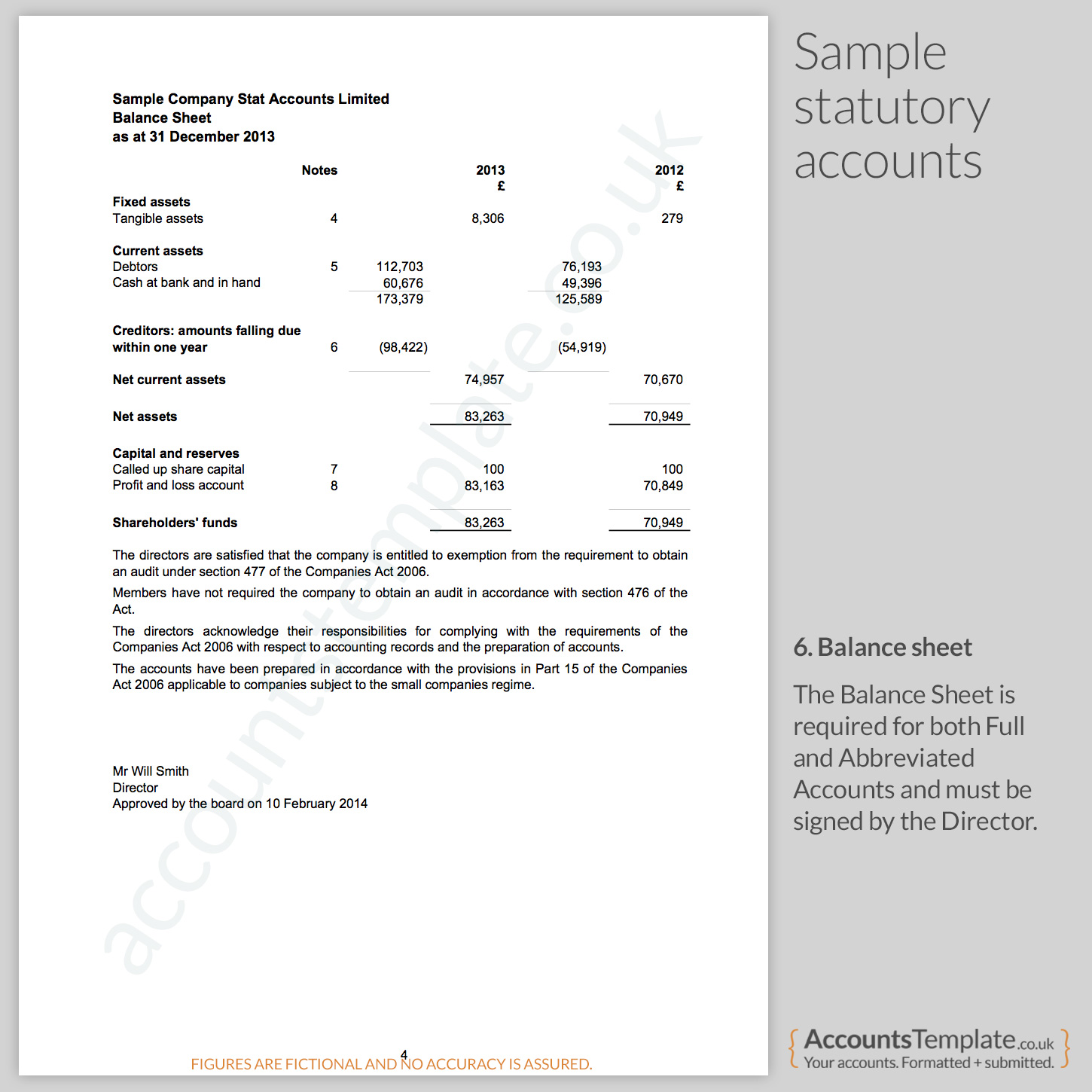
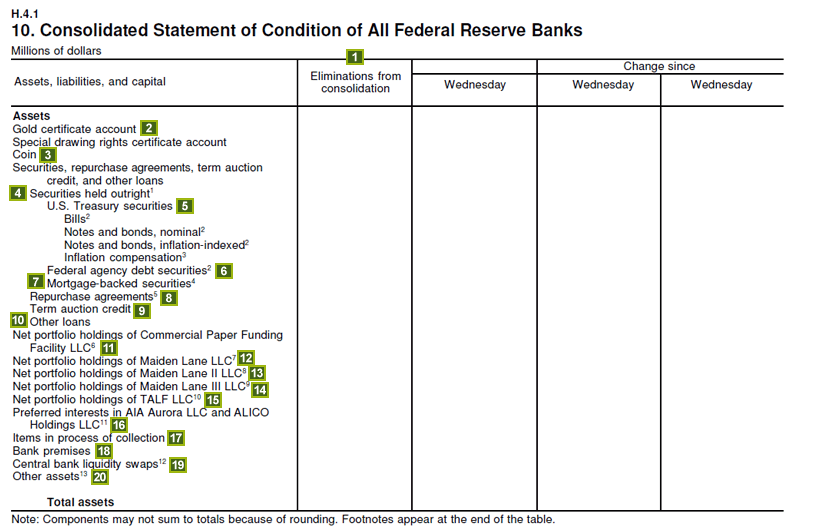

:max_bytes(150000):strip_icc()/dotdash_final_Cash_Reserves_Dec_2020-01-be14cdc169de4288af1aa6ea495ec0ef.jpg)
